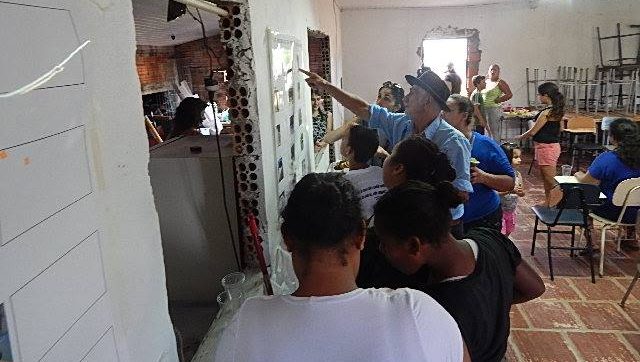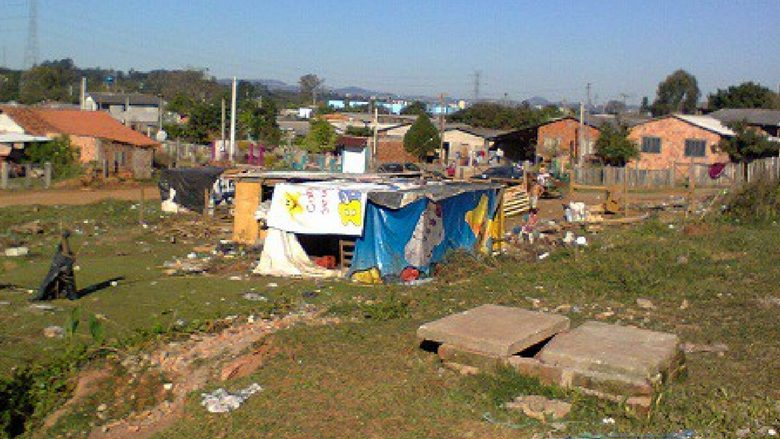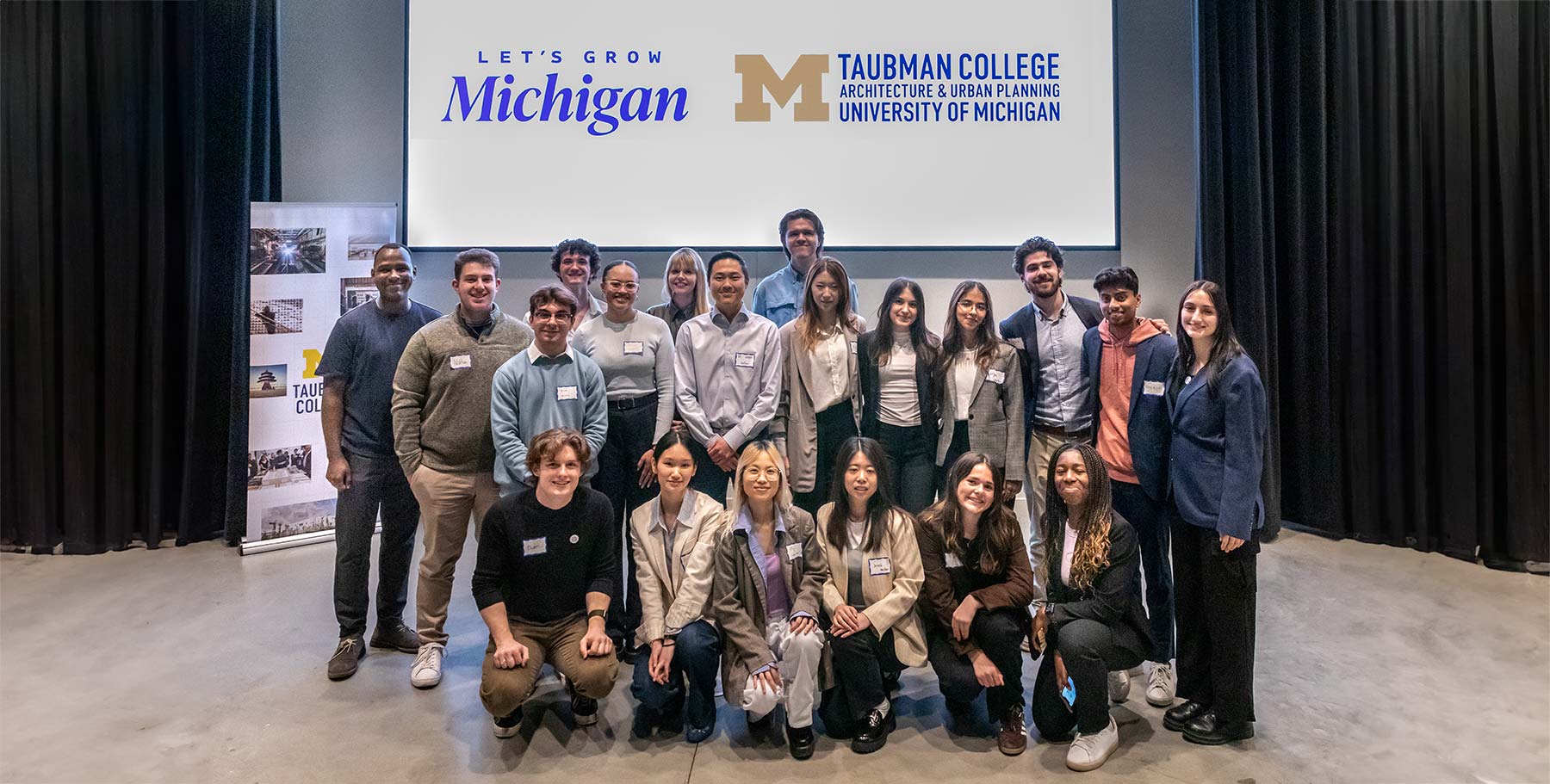International Capstone returns from Brazil
Urban and regional planning students in assistant professor Ana Paula Pimentel Walker and Co-Instructor Joshua Shake’s Integrative Field Experience capstone recently returned from Brazil seeking to implement a collective action and planning approach to the multitude of problems facing the citizens of Vila Santa Marta – one of the poorest squatter settlements of São Leopoldo in the Greater Porto Alegre, Brazil region.
During the visit, which took place February 26th – March 15th, students were able to see first-hand the problems facing the population of the informal settlement. Since its formation around a dump site about 15 years ago, issues of pollution in the local stream, burning of wooded areas and trash, illegal dumping, vandalism & scavenging of public property, lack of recreational and leisure spaces have plagued Vila Santa Marta. Vila Santa Marta’s reputation as an illegal dump site and a violent place generate discrimination against its residents when they apply for credit at stores or for jobs outside the neighborhood. The bad reputation also contributed for residents’ lack of attachment to their place of residence.
“We heard about the issues and saw the maps before the trip but to finally see it in person changed my perspective,” said capstone student Kelly Richardson. “Seeing the dumped trash in the stream also really helped highlight that some community members and outsiders view the stream as a ditch that will wash away the trash rather than as an environmental amenity.”
To help solve the problems, the capstone team partnered with local groups including Movimento Bairro Melhor, a task force focused on improving neighborhood quality, and Com-Vida, an association formed by teachers, students, and community leaders sponsored by Santa Marta school. Com-Vida prioritized areas for improvement served as the starting point for the capstone’s research and action plan. In addition, the Sao Leopoldo Municipality, Municipal stakeholders and supporters include the Mayor of São Leopldo’s wife, Secretaries of Education, Environment, Public Works, Housing, and Urban Governance.

Photos of community mapping exercises which took place in Vila Santa Marta.
During the two week site visit the students conducted research using a variety of tools including door-to-door surveys, interviews with key stakeholders and municipal departments, focus groups, community mapping exercises, interactive boards soliciting public feedback, and self-led tours to take inventory of building types, public spaces, waste problem areas, and possible spots for intervention.
“I really enjoyed working closely with the Com-Vida students to conduct different activities such as community mapping, interviews, and surveys,” notes Alexandra Markiewicz, a student in the capstone. “This experience, working in a neighborhood and talking to people about their visions for their community, served as a great reminder for why I came to planning. We are excited to see how we can use everything we learned from community members to shape our recommendations.”

Now back, the students are analyzing the research in preparation of making their final recommendations to the Vila Santa Marta community on April 28th. Two COM-VIDA representatives will travel to Ann Arbor to receive the report and provide feedback.
According to the students, they plan on making recommendations that work collaboratively with Movimento Bairro Melhor & Com-Vida, to improve municipal service delivery and implement infrastructure upgrades, community-wide environmental education programs, and public space interventions that help improve environmental amenities and foster a culture of community ownership in Vila Santa Marta.

Photos of community mapping exercises which took place in Vila Santa Marta.
“This experience will provide a valuable lesson for the students as it relates not only to social, economic, and environmental sustainability, but the role of culture and social norms in shaping the planning processes.” added Professor Pimentel Walker. “This was a fantastic opportunity to employ learned skills to real world situations using perspectives from global and comparative planning.”
Students involved in the capstone course include Alexandro Bazan, Samantha Farr, Stephanie Florence Gerretsen, Mabel Esther Kessler, Julia Ann Mantey, Alexandra Markiewicz, Shirley Rempe, Kelly Richardson, Julia Upfal, and Charlotte Marie Wilson. Project support and student expenses were sponsored by Taubman College of Architecture and Urban Planning, the University of Michigan International Institute, and the DOW Sustainability Fellowship Committee.





